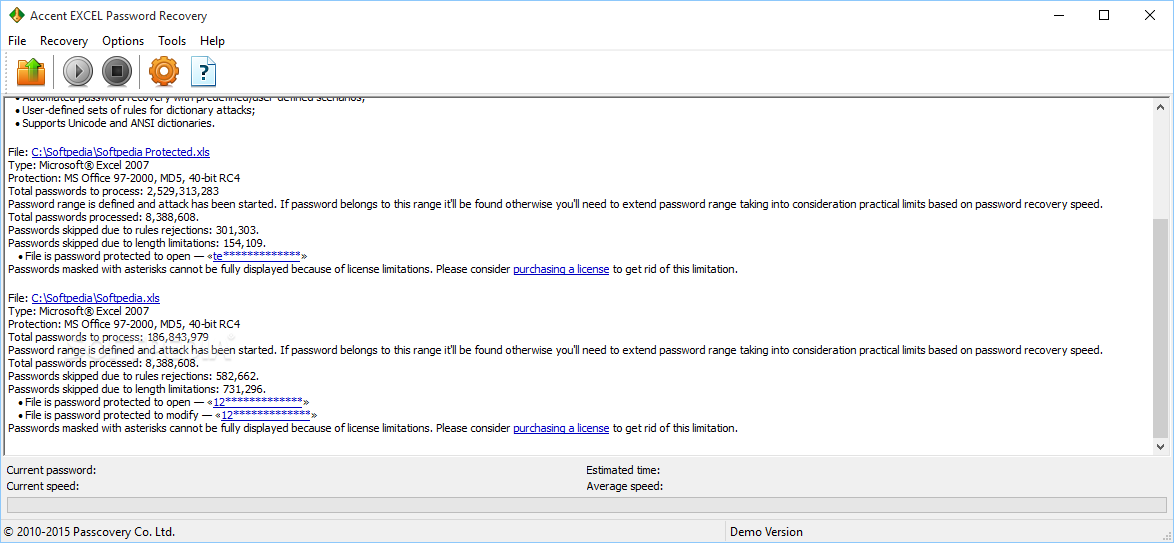

For example, if the original GPO is for client devices running Windows 10 or Windows 11, and the new boundary zone GPO is for devices running Windows Server 2016, then select a WMI filter that allows only those devices to read and apply the GPO. If required, change the WMI filter to one appropriate for the new GPO. Type the name of the group that contains members of the boundary zone, for example CG_DOMISO_Boundary, and then click OK. In the confirmation dialog box, click OK.

To do this, click the Scope tab, and in the Security Filtering section, select the group that grants permissions to all members of the isolated domain, for example CG_DOMISO_IsolatedDomain, and then click Remove.

You must change the security filters to apply the policy to the correct group of devices. To rename it, right-click the GPO, and then click Rename. The new GPO is named Copy of original GPO name. Selecting this option preserves any exception groups to which you denied Read and Apply GPO permissions, making the change simpler.Īfter the copy is complete, click OK. In the Copy GPO dialog box, click Preserve the existing permissions, and then click OK. In the navigation pane, right-click Group Policy Objects again, and then click Paste. In the details pane, right-click the GPO you want to copy, and then click Copy. In the navigation pane, expand Forest: YourForestName, expand Domains, expand YourDomainName, and then click Group Policy Objects. Open the Group Policy Management console. To complete this procedure, you must be a member of the Domain Administrators group, or otherwise be delegated permissions to create new GPOs.

To make a copy of a GPO, use the Active Directory Users and devices MMC snap-in.
Copy em paste security update#
These shortcuts now work in Windows 10’s Command Prompt, too.To create the GPO for the boundary zone devices, make a copy of the main domain isolation GPO, and then change the settings to request, instead of require, authentication. So, follow the instructions below to uninstall the KB3057839 security update (if installed) and get back the copy-paste functionality in your computer.
Copy em paste security how to#
How to Copy, Cut, and Paste Using Keyboard Shortcuts Microsoft These fundamental concepts apply across almost every application, so let’s go over the various different ways to copy, cut, and paste in Windows. That means you typically use copy to duplicate information, and cut to move the information from one location to another. In contrast, when you perform the cut operation, Windows copies the information to the Clipboard but also removes the information from the original location. When you copy something, Windows makes a copy of the information you want to the Clipboard and also leaves it in its original location. No kidding My copy clip is set to temember the last 80 items I copied to clipboard. RELATED: How to Enable and Use Clipboard History on Windows 10 The Difference Between Copy and Cut The invitation took me back to a time 'pre- CC' when I didn't have the ability to see any history of my clipboard, let alone the power to go back and paste a clipboard item that I copied to the clipboard but have copied 79 items since. But that is an optional setting you have to turn on in System Settings. In Windows, you can even synchronize your Clipboard between devices using the cloud. Then you can recall them as many times as you want quickly by pressing the Windows+V keyboard shortcut. Typically, the contents of the Clipboard reset when you restart your PC, although it is possible to pin items to the clipboard in Windows 10 and 11 using an opt-in feature called Clipboard History.


 0 kommentar(er)
0 kommentar(er)
